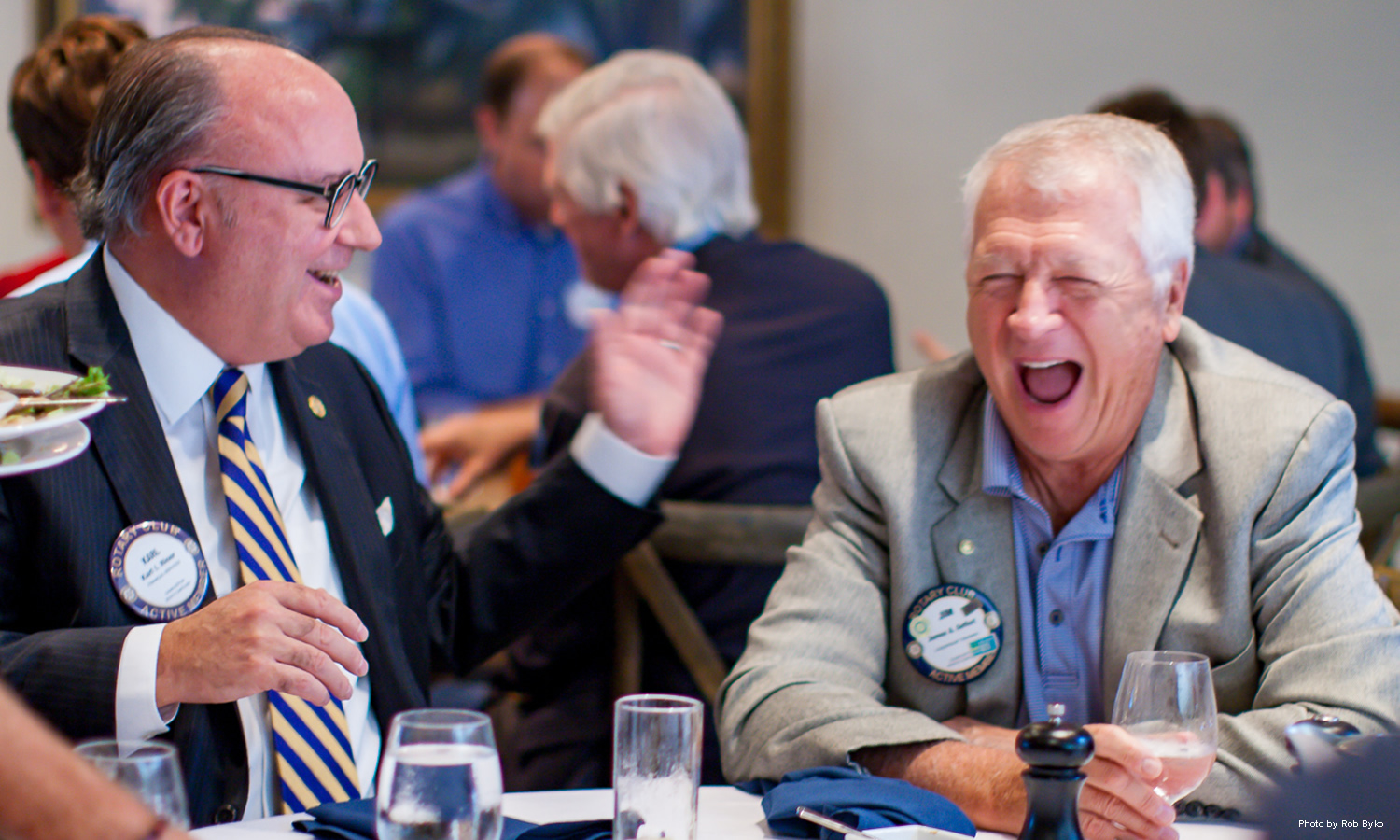A RARE PIECE OF HISTORY: The Ordinance of Secession
December 7, 2010: The original handwritten Ordinance of Secession, signed on December 20, 1860, was brought to our meeting by speaker Eric Emerson. In that a mere copy of the document recently sold for $30,000 in NYC, it was understandable that a security guard accompanied it. For decades the south felt that the north had threatened their way of life, but the election of President Lincoln on November 8, 1860 brought it to a head.
A special delegation of 169 SC residents, many of whom had served in the state government, met at First Baptist Church in Columbia to create a document of secession. Said document was unanimously signed and brought to Charleston by train, where a convention was held at 134 Meeting Street. The “Secession Hall” as well as St. Andrews Hall, where the final document was completed, both burned in later major Charleston fires.
The document was signed on parchment and later reproduced by the lithographic process with a copy given to each of the 169 signers. It was carried up the streets along with the large Secession Banner [now on exhibit at the South Carolina Historical Society in Charleston].
A subsequent document was formed to reinforce the Ordinance, noting:
1. A Justification for the Immediate Causes of War.
2. A legal framework for the Ordinance of Secession.
3. An emphasis that the true power of governance rests with the states.
4. An argument position that non-slave owning states had no right to permit escaped slaves to find asylum in those states.
5. A list of grievances noting that other states were seeking to negate the rights of the 14 states who would become the Confederacy.
6. An affirmation of the right to self governance.
On April 12, 1861 the hot war began with the firing on Fort Sumter. Before it was over 620,000 people died, property loss was in the millions and 4 million slaves became emancipated. No one can predict what might have happened without the war, but it is safe to say that the Ordinance of Secession set in motion forces which in later years led to the eventual civil rights movement and the re-emergence of Charleston as one of the finest cities in the world in which to see and live with unprecedented excellent historic preservation. Just imagine that Charleston could just as easily be an eastern transportation hub with dozens of glass towers and no historic homes and buildings!
Reported by Fred Sales, Keyway Committee

